Food and the environment are at the heart of Gina Abatemarco’s work, as Tiffany Pritchard learns in the director’s first feature-length documentary that screens in the Berlinale’s Culinary Cinema section on Friday.
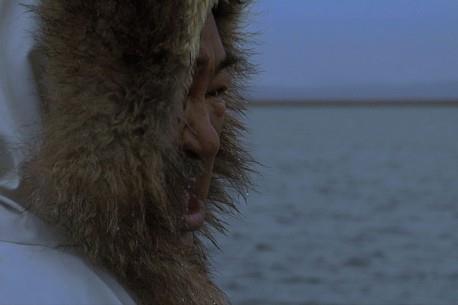
Set on an island 80 miles north of the Arctic Circle in the northwest region of Alaska, Kivalina examines both the beauty and the hardships bestowed upon an Inupiaq Eskimo tribe confronted with the loss of its land due to erosion, rising sea levels and exploitative industry giants.
Abatemarco is not a stranger to the Berlinale, having previously earned a coveted spot in the Talent Campus in 2009, the same year that marked the 20th anniversary of the fall of the Berlin Wall. There, Abatemarco screened the short film version of Kivalina, which was fully funded through the Berlinale by way of her mentor Wim Wenders.
Seven years on, the New York-based film-maker returns with the extended version that she credits with giving her a broader perspective on life and an unbridled passion for sustainable food, leading to a stint with The Rome Sustainable Food Project.
How did you become interested in this small Eskimo community of approximately 400 people in Alaska?
In 2008, I read a news article in the LA Times about Kivalina and climate change. It was an evocative article because at that point climate change wasn’t widely reported on. It was disturbing to learn that this issue that I had vaguely heard about was very much alive. The subtext of the article was about personal loss – these people could no longer offer to their children what had been promised to them. That really moved me.
I had also recently discovered the work of this [nature] photographer from the 1970s, Fred Breummer, who had shot these beautiful photographs that romanticised the Arctic, showing how it used to look before the ice started melting.
How was the Berlinale instrumental in helping you make your initial short film, which was shortlisted for the Berlin Today Award in 2009?
I applied for the Talent Campus in 2008 with ‘a film about a little town in Alaska with a broken sea wall’ to coincide with the festival’s ‘My Wall’ theme. When I was shortlisted [for the Berlin Today Award], I was given a budget to make the film, and the following year, the opportunity to publicly screen it. Wim Wenders was my mentor, and he was very supportive of the project [titled My Super Sea Wall]. If it wasn’t for the festival and the Talent Campus, I wouldn’t have been able to make the short film, and then to of course be here today with the feature. I am very appreciative.
Why did you decide to turn the short film into a feature?
I wanted to make a triumphant climate change narrative and felt I had only just started the process. But the movie I thought I was going to make is not the film that I completed. I took five trips in total to the island over the course of five years. Once the teenagers started opening up to me about their desires to have a better life, the cinematographer [Zoe White, who was also part of the Berlinale Talent Campus in 2009] and I decided to make a straight vérité film. Through spending time with these families, who were incredibly warm and generous, we got many different perspectives on how their lives are drastically changing. I then knew the ending wasn’t necessarily going to be a happy one.
The film intercuts between stunning cinematic imagery and the more politically-minded scenes addressing the need for change. Was that an intentional decision to include the landscapes, as if they are another character?
If it was up to me, there would be no words in the film, but the editor [Nadav Harel] thought there needed to be some context. I wanted to focus on the broken sea wall as a metaphor; the idea that there could be change but then there isn’t. I also wanted to demonstrate the community’s cultural connection to the Arctic landscape: to show that it’s threatened by Westernisation and the greatest threat yet to come –the big corporations who want to exploit it for its resources.
How are you hoping the film will impact the various governing bodies in driving change?
Within the next year, we will have a screening at Capitol Hill and invite different people [from the US government]. I think they will be ashamed when they see this because I don’t think this is reported on very often. If you come to Kivalina from the plane, you go to one building and then you get back on your plane. Maybe you talk about fishing with someone at the airport. But this film shows something else: both the beauty of the land and the real issues at hand as seen in the scenes between the US Army Corps of Engineers and the older community members desperate for better land.
You have become active within the slow food and sustainable food movements. Did that evolve through your time spent in Kivalina?
Food is identity. And Kivalina is one of the few communities that has an unmitigated relationship with the wild in which they subsist. Their relationships are built around the acquisition of these foods. So when these foods, such as seal and caribou, are taken away from them because of climate change or the possibility of oil drilling, which would then affect the animals in the water, you realise this is also a film about survival.
This has inspired me to work with Slow Food International, and to attend Terra Madre in Torino to give the first testimony to the UN forum about the indigenous people. They [Slow Food International] are open and curious to knowing more about the food landscape and to helping the global food community protect their cuisine. I also spent several months cooking at The American Academy in Rome for the Alice Water’s Rome Sustainable Food Project.



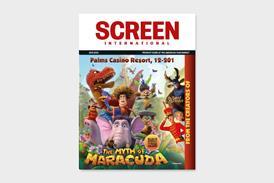
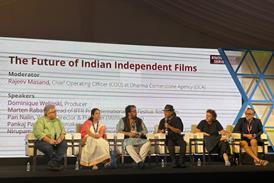
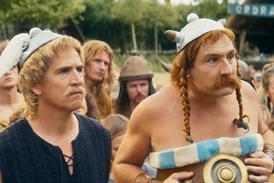

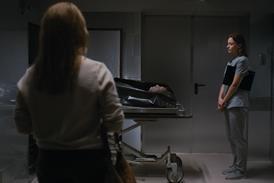
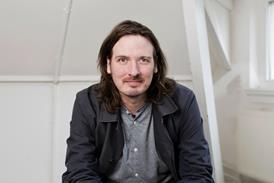

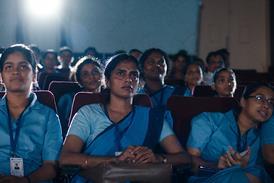
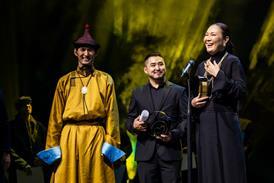

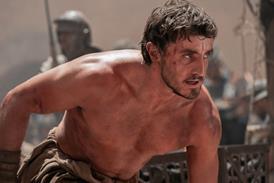

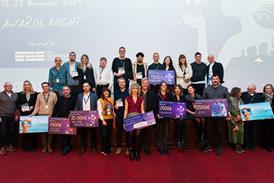








No comments yet